
8 Oldest Founded Towns To Visit In Chesapeake Bay
Long before the United States won its independence, Chesapeake Bay saw its vast shores settled by colonial forces, including those of the Dutch, French, and British. It was the British who landed first in the Chesapeake Bay region, reaching the New World in 1607. Three ships, the Susan Constant, the Godspeed, and the Discovery, carrying a total of 144 people, landed at Cape Henry and then sailed down the soon-to-be-named James River, approximately 60 miles west from open ocean. It is here that Jamestown was founded, the first colonial town in all of Chesapeake Bay.
Today, the Chesapeake Bay region encompasses a 64,000 square mile region in the northeast of the United States. It includes parts of six states, Delaware, Maryland, New York, Pennsylvania, Virginia, and West Virginia, and additionally the District of Columbia. This region is populated by over 18 million people, many of whom live in towns that have histories that go back multiple centuries. These towns are the living history of Chesapeake Bay, and the United States collectively, and are the perfect destination to visit by the history aficionado and the novice historian alike.
Jamestown, Virginia 1607
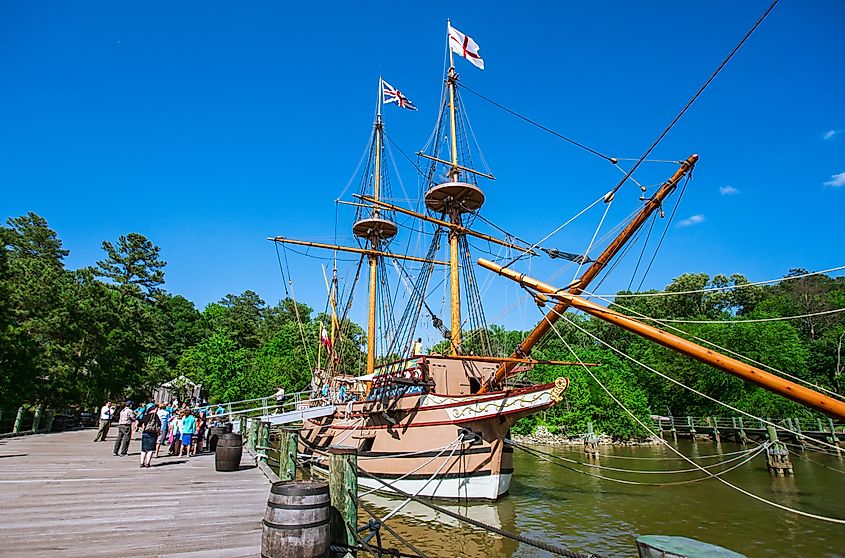
Founded on May 13, 1607, Jamestown is the oldest town in the Chesapeake Bay region and the second oldest town in all of the United States. Before this settlement helped the British gain a foothold in the New World, it was the Spanish who held more colonized land than any other colonial entity. For those visiting Jamestown today, there is an abundance of historical sites to explore. A great way to see and learn as much as you can about Jamestown is by taking a tour of the town. The ghost tours, in particular, are a fan favorite with both kids and adults. Of course, no visit to Jamestown would be complete without spending a day exploring the remains of Jamestown Fort, which is now located in Colonial National Historical Park. Because of the fort's popularity with tourists make sure to visit early in the day to help ensure a less encumbered visit.
Hampton, Virginia 1610

Not to be confused with the Hamptons of New York State, Hampton, Virginia sits on the shores of Hampton River near the confluence of James River and Chesapeake Bay. Founded in 1610, Hampton was the first colonial town in North America for which English was the collective language of communication. This first, and many others, such as Hampton being the site of the first public school and the location where the first astronauts were trained, has earned this town the moniker “City of Firsts.” Today, visitors come to Hampton to enjoy the sun and sea during the summer months. Hampton has gorgeous beaches, over ten marinas where you can dock your boat or rent one for the day, and excursions such as the weekly Sunday Brunch Cruise, Wednesday Wine Cruise, and Sunset Cruises that run every day, making Hampton a town not to be missed.
Albany, New York 1624

Albany was founded in 1624 when a group of Dutch colonists continued down the Hudson River beyond New Amsterdam (later to be called New York City). In its early years, the Albany settlement was called Beverwyck. In 1654, when the Dutch ceded much of their territory in the Chesapeake Bay region to the British, many towns were given new names, just as Albany was. Today, many tourists visit Albany to learn about its long and fascinating history. From changing national ownership, influence on the fur trade, and the involvement of Albany’s 44th Regiment during the Battle of Gettysburg, a visit to Albany is the perfect way for history lovers to spend a day. For those looking to spend time in the great outdoors, there are numerous state and national parks in the vicinity including West Cape Howe National Park and Torndirrup National Park.
New York City, New York 1624
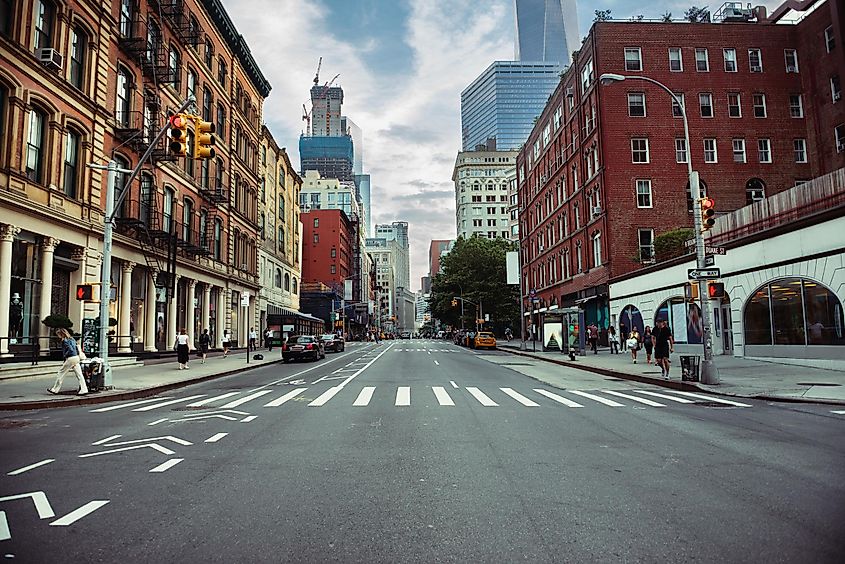
If not the most famous city in the world, New York City is certainly up there with the best of the best. New York City, New York was founded in 1624 by Dutch colonists and as such it was first known as New Amsterdam. Not until 1664 did the name New York City come into being when British ships landed at New Amsterdam and demanded that the entire region (called New Netherlands) be surrendered to Britain. With little complaint, the Dutch handed over the land, and soon after New Amsterdam was renamed New York City. Ever since, New York City has played an important role in the political, financial, and cultural evolution of the United States. For those visiting New York City there are more museums and historical sites to visit than any single vacation could ever facilitate, but, if you are looking to learn about the history of New York City specifically, then spending a day at The Museum of the City of New York is the perfect excursion.
Lewes, Delaware 1631
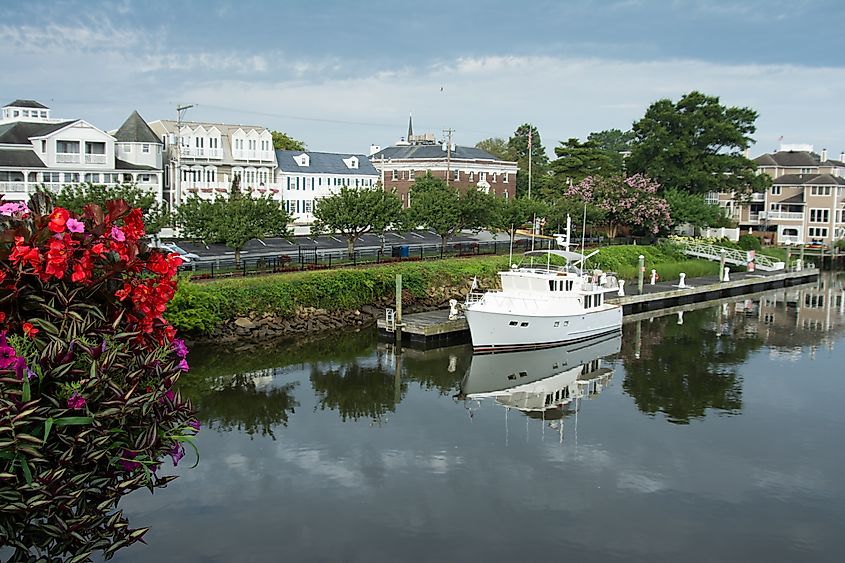
With its location chosen deliberately to make it an essential whaling and trading post, Lewes, Delaware, was founded by Dutch colonists in 1631. Sitting on the shores of Delaware Bay, for decades Lewes was a highly desired port for whaling ships to dock as they did not need to venture far out into the Atlantic Ocean to find whales to hunt. For centuries Lewes maintained its tradition as a whale hunting community, that is until 1971, when a federal law made the activity illegal. Today, Lewis remains connected to the whales that used to be a staple of its economy, but rather now, instead of hunting whales, Lewes attracts many tourists every year who want to see Atlantic whale species in their natural habitat. For those wishing to do just this, checking the path and timeframe of different whale species’s migratory patterns will help assure a successful whale-watching experience, but, for the most part, tours during the summer months are usually successful in spotting at least a pod or two.
St. Mary’s City, Maryland 1634
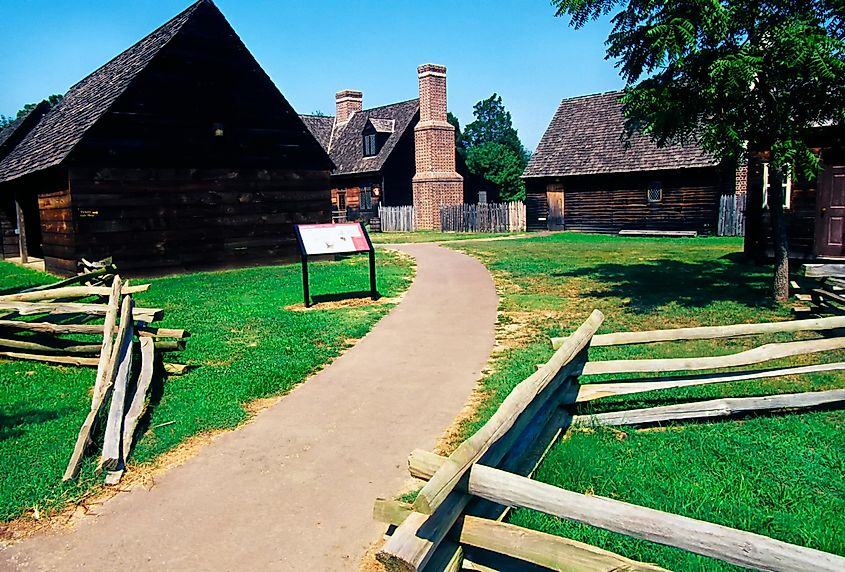
St. Mary’s City, located on the banks of the St. Mary’s River, is the oldest town in the state of Maryland. Originating in 1634, this British settlement, initially named St. Mary’s Fort, was the capital of the Colony of Maryland for over a century. Today, St. Mary’s City contains a large historic district, protecting the history of St. Mary’s City and Maryland collectively. In recent years an archeological team, under the supervision of the Maryland Heritage Trust, discovered the location of the original St. Mary’s Fort, the first colonial fort built in the Colony of Maryland. While tourists are not at present allowed to visit the dig site, they can observe some of the finds by visiting Historic St. Mary’s City, which describes itself as "one of the premier historic sites in America” and a “museum of living history.”
Chester, Pennsylvania 1644
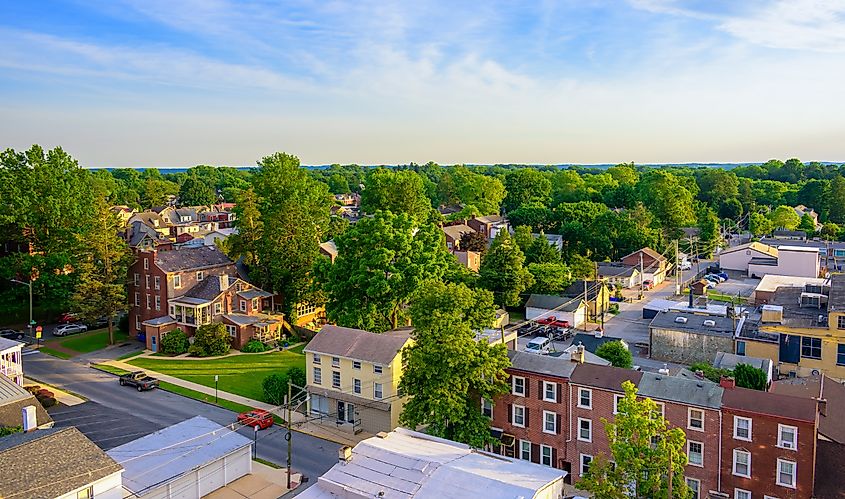
Founded in 1644, under the name Finlandia, Chester, Pennsylvania began as a Swedish tobacco-farming colony. Not until 1681 was the town's name changed to Chester, the same year it became a refuge for colonial Quakers. In the mid-17th century, the settler Quaker population was being persecuted for their religious beliefs, many were tried as heretics and imprisoned, or, if they were unlucky, burned at the stake. Today, Chester reflects its history status as a safe haven for Quaker Americans, in its architecture, local demographics, and many designated historical sites such as Chester Friends Meetinghouse, which was built in the late 19th century. So if you are ever in Chester make sure to visit the many historical sites and learn about this historically unique and charming town.
Cambridge, Maryland 1684

Getting its name from the university town Cambridge in the United Kingdom (referred to as Great Britain at the time), Cambridge, Maryland sits on Choptank River’s south bank. Cambridge was settled in 1684 with the intent of it being a plantation port, that is it transported materials derived from slave labor to local and international markets. In more recent centuries Cambridge was a blue-collar town. With a large canning plan and many food processing plants, the people of Cambridge relied upon these industries to feed and clothe themselves and their families. When these industries began to decline, in the mid-20th century, Cambridge and its people fell on hard times. Today, Cambridge has been revitalized, its historic downtown now vibrant, with tourism at its highest in decades. Thanks to the hard work of the city council, Cambridge, Maryland has a new future, one that tourists will enjoy exploring as much as the locals do.
The history of Chesapeake Bay is filled with the founding of towns and cities that remain today as some of the most visited and influential in the world. Cities such as New York City, Baltimore, Washington DC, and many others still have an influential role in the economy, government, and culture of modern-day America. So if you are visiting a town or city in Chesapeake Bay, make sure to check out its historical sites and history museums as the stories of their founding and evolution to modernity is sure to be a fascinating tale.











